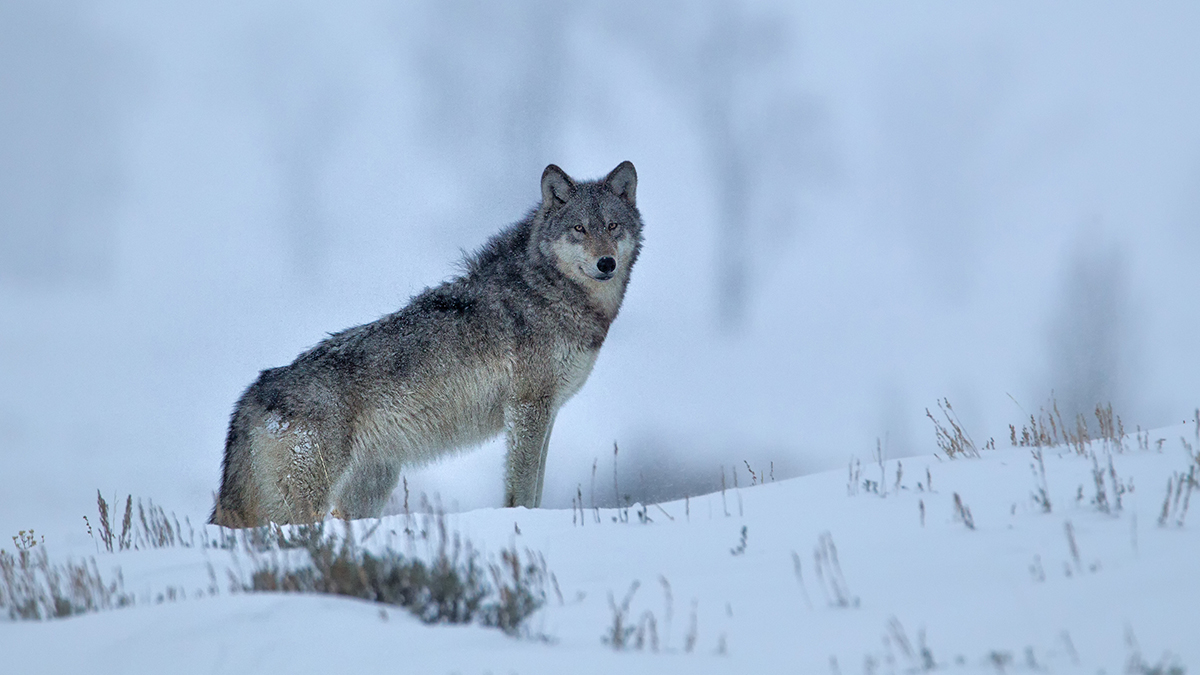from the editor’s desk
Ecosystem Dynamics
A healthy ecosystem can be defined as one that “has the ability to maintain its structure and function over time in the face of external stress” (Yonglong et al. 2015). Managing ecosystems in a manner that creates resilience and long-term sustainability is more crucial than ever (NOAA 2021). This is easier said than done. For example, when wolves were introduced to Yellowstone in 1995, they triggered a series of events that have led to a more robust ecosystem as a result of decreased browsing by elk. As a by-product of predatory pressure exerted by wolves on elk, willow stands have recovered, resulting in increased populations of animals that rely on that vegetation such as beaver and songbirds (Farquhar 2021). In turn, beaver dams have improved riparian areas by slowing stream flow and slowing erosion (National Science Foundation 2013).
Biologists refer to this event as a trophic cascade—an event in which one organism can trigger a multitude of other events that can lead to significant changes. The return of the wolf to Yellowstone triggered a trophic cascade that surprised even seasoned ecologists as they realized that ecosystems are even more complex than previously thought. Although scientists are still studying Yellowstone, it is clear that the wolf reintroduction has resulted in a more diverse and resilient ecosystem.
The Yellowstone story is unusual, since typically it is the removal or introduction of an organism that triggers an imbalance in the ecosystem. The removal of keystone species, the introduction of invasive species, alterations in the numbers of primary producers can all impact ecosystem integrity. Indeed, the threats to ecosystems today are perhaps greater than they have ever been. While some ecosystems are inherently more fragile than others, all ecosystems will be indubitably impacted by climate change, fragmentation, and habitat loss (Malhi et al. 2020). Sharing the story of Yellowstone gives us hope that humans can, through their actions, implement changes that can improve ecosystem resilience.
Patty McGinnis is an instructional coach and veteran middle school teacher. You can contact her at pattymcginnis1@gmail.com or on Twitter: @patty_mcginnis.
Climate Change Earth & Space Science Environmental Science Middle School



